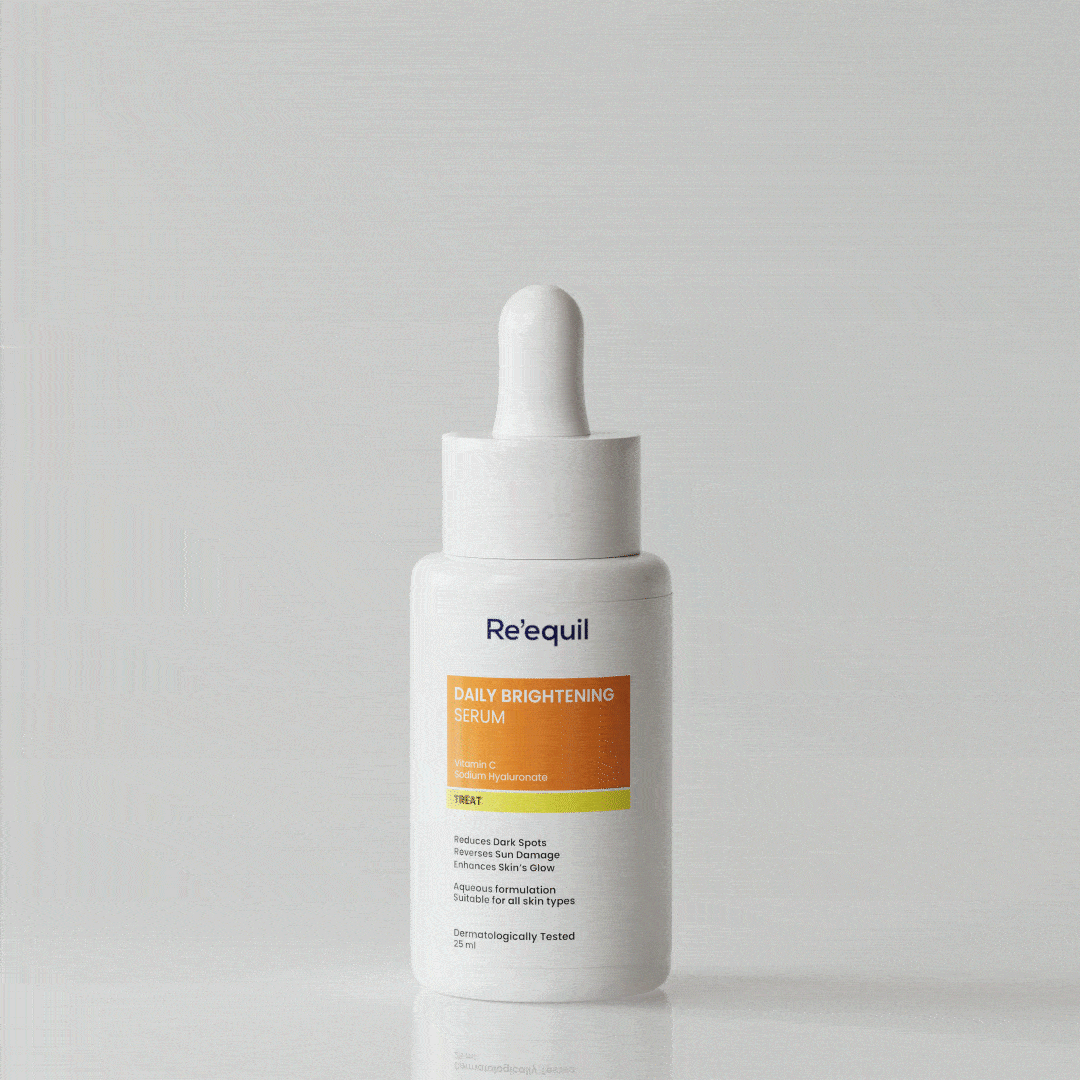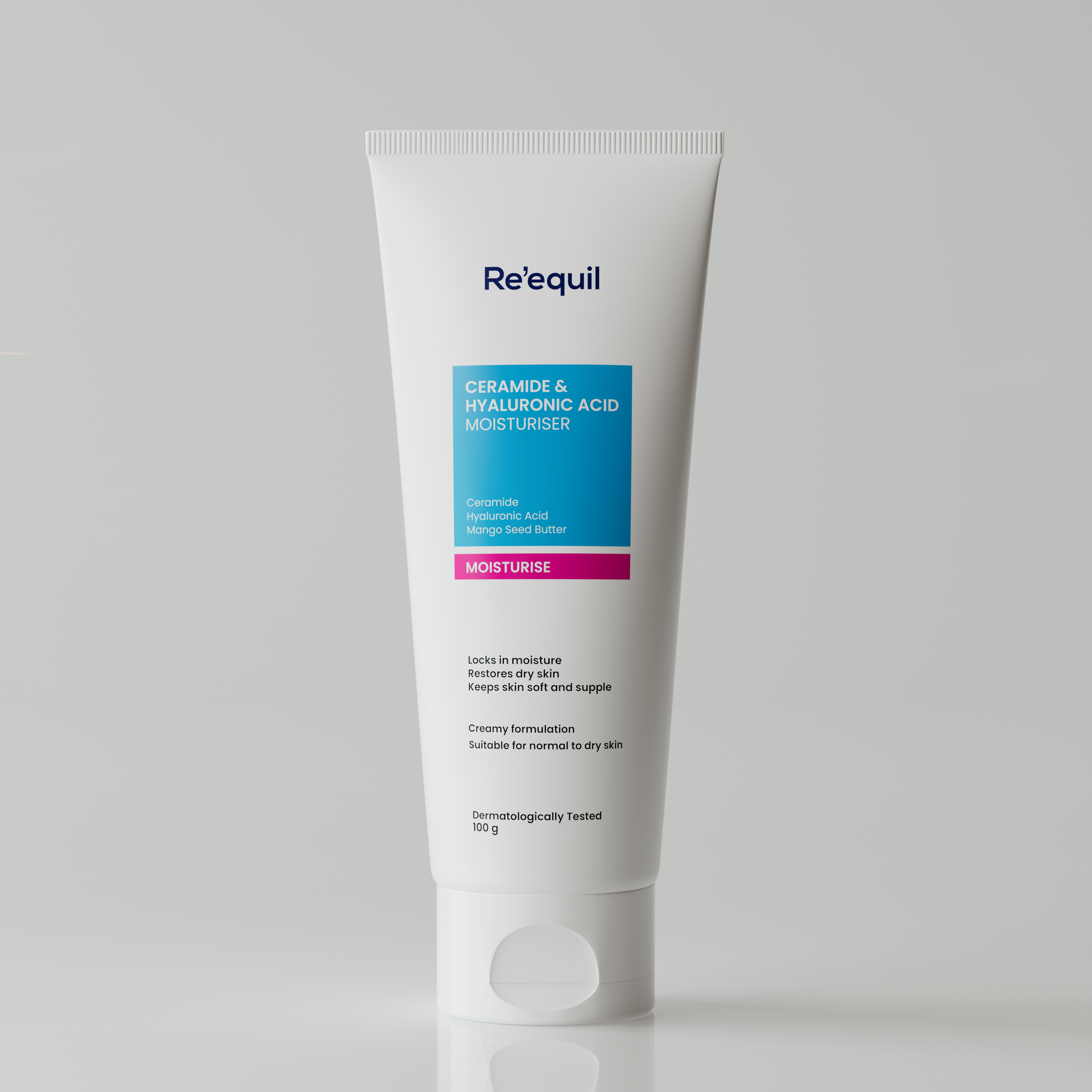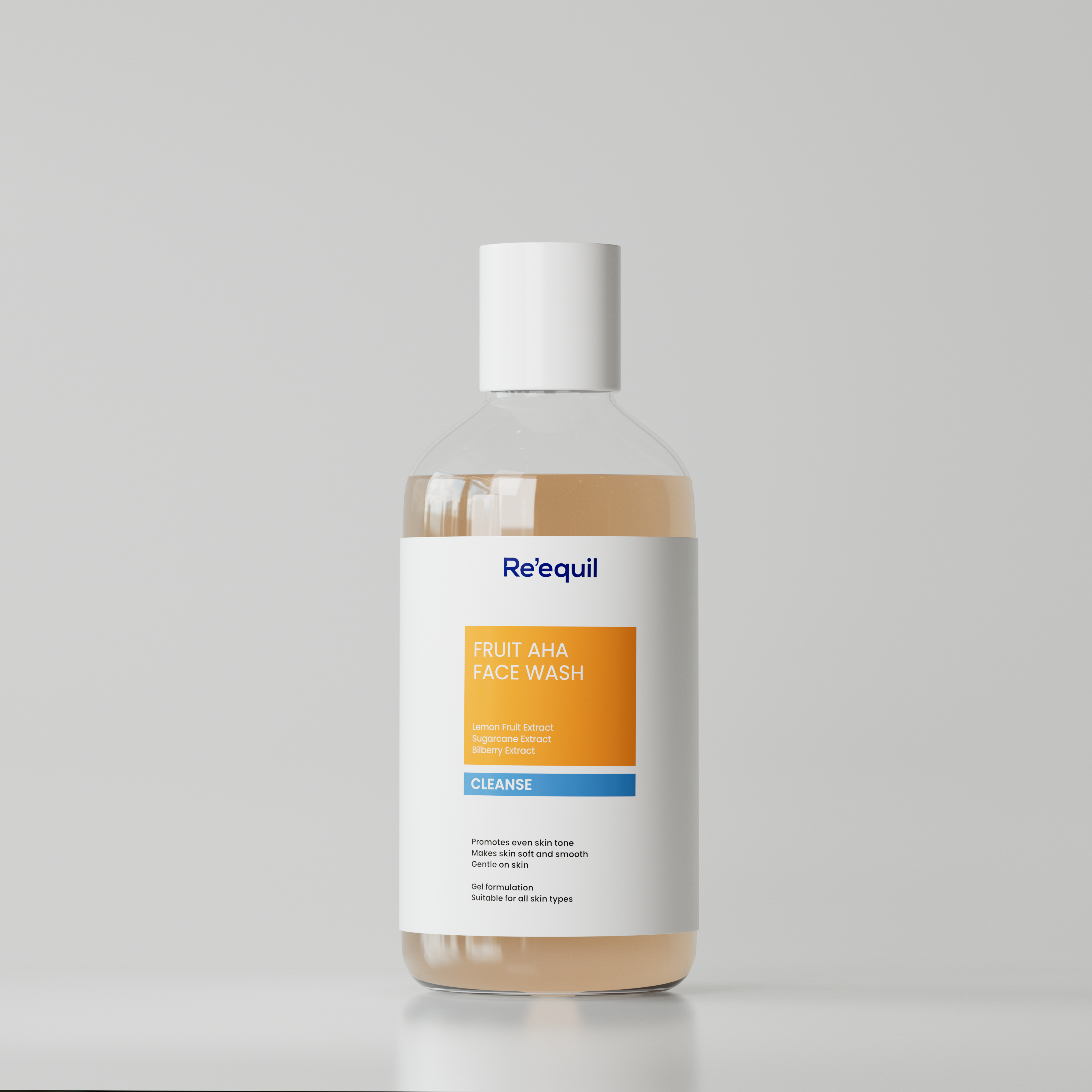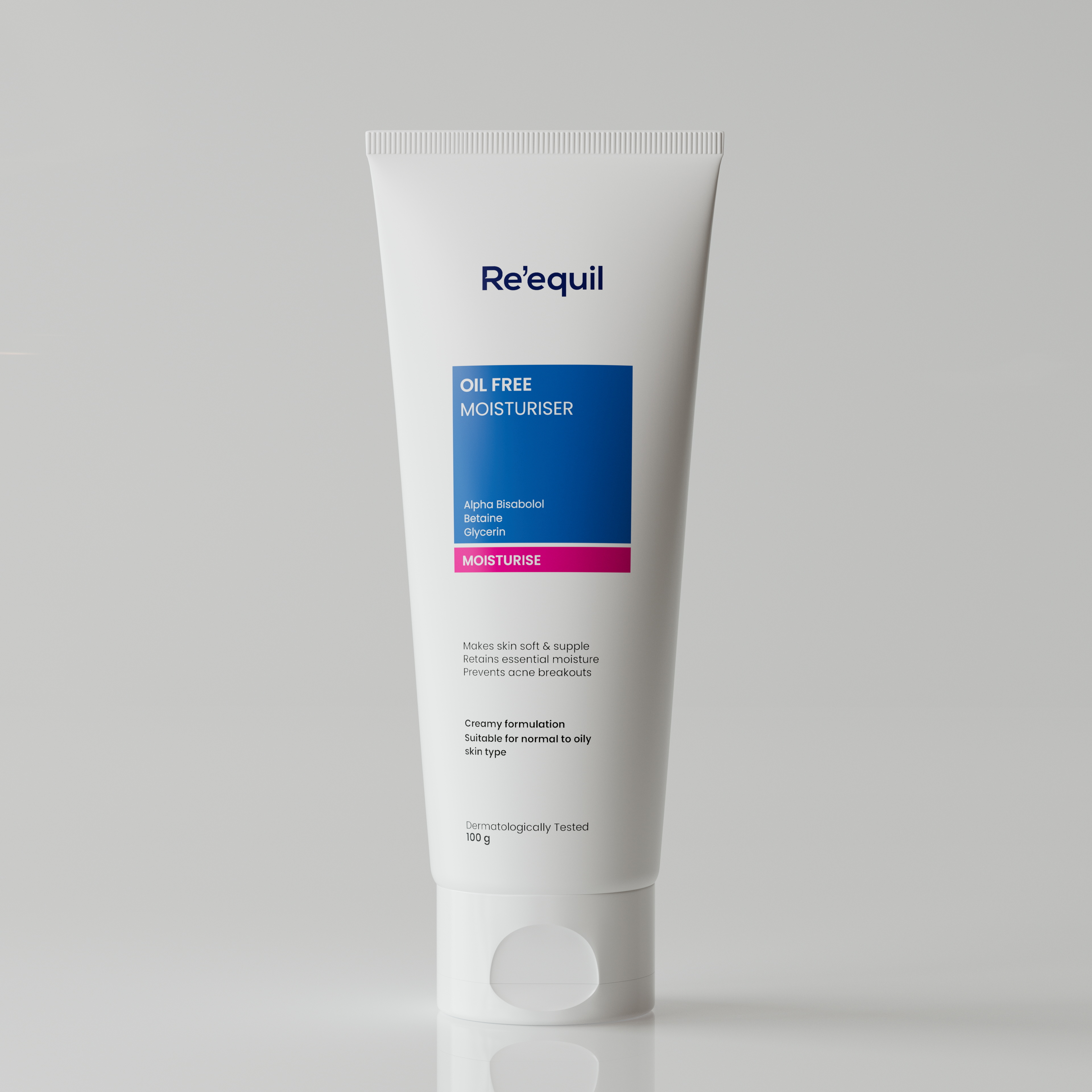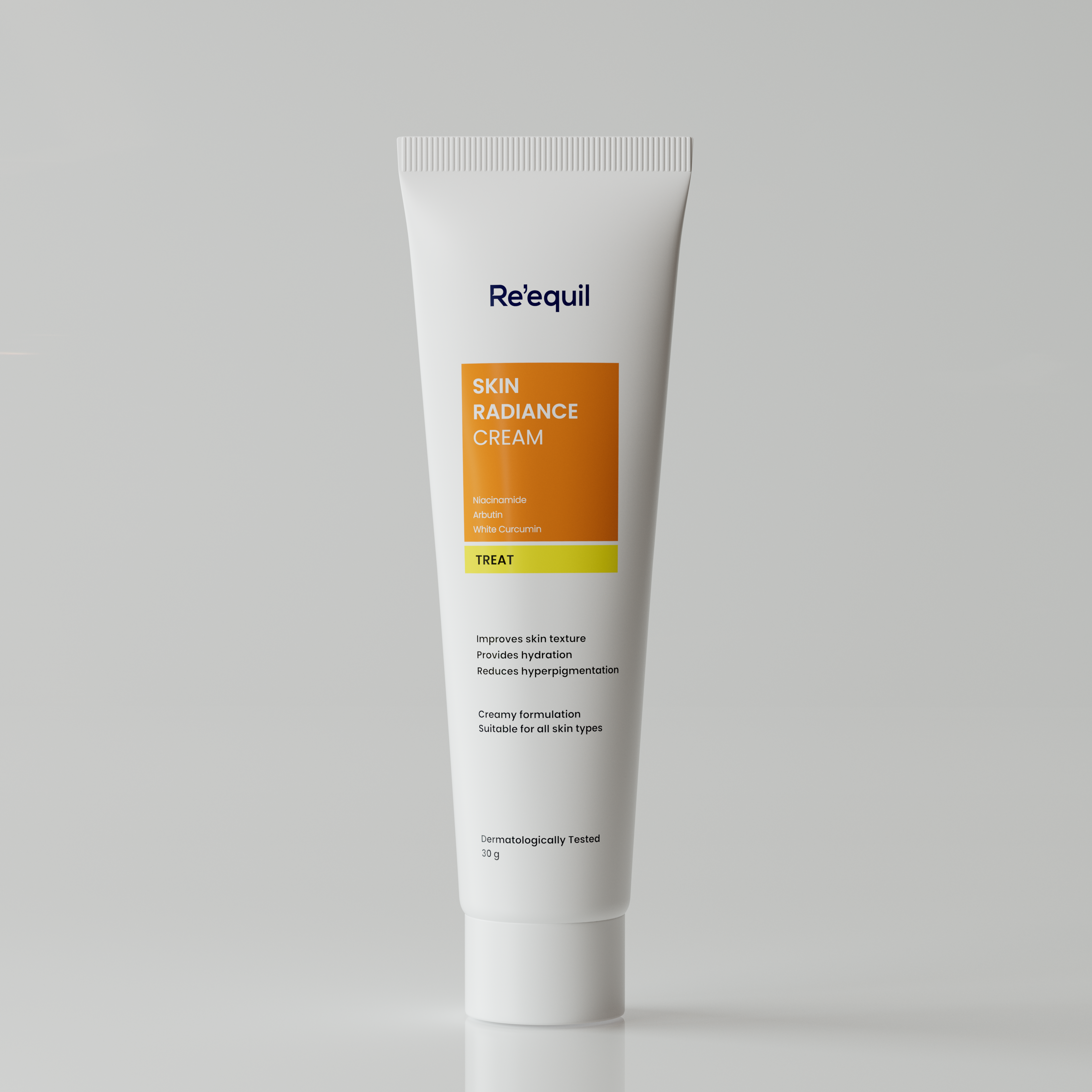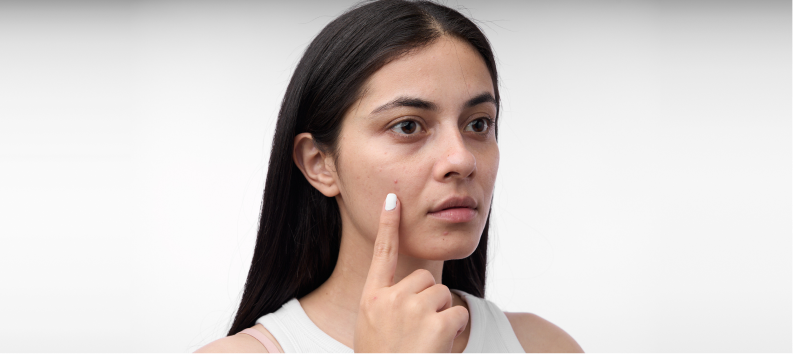Let’s answer the question that is likely on your mind: can I use Retinol and Glycolic Acid together?
Yes, you can. But it’s not that simple.
There is a way to use these ingredients together—and if you don’t do it that way, you are simply making a recipe for skin irritation.
In this article, we tell you more about Retinol and Glycolic Acid, how each works on your skin, and what is the best possible way to use them together.
Understanding Retinol and Glycolic Acid
When it comes to slowing down the ageing process, Retinol and Glycolic Acid are the most effective skincare ingredients.
People use them to address skin concerns like sun damage, acne, dryness, wrinkles, fine lines, etc.
Let’s understand how each of them works on your skin -
Retinol (Vitamin A derivative)
Retinol is a type of cosmetic Retinoid found in several skincare products.
Retinol is made of small molecules that go beneath the outer layer of your skin to your dermis.
Once the molecules are past the outer layer, Retinol helps balance out free radicals and boost collagen production.
Following that, there is a plumping effect (increase in the blood flow) in your skin that counteracts skin concerns like wrinkles, fine lines, acne, and hyperpigmentation.
Glycolic Acid - A type of alpha hydroxy acid (AHA)
The outer layer of your skin (stratum corneum) consists of dead skin cells that are closely linked to each other. Glycolic Acid helps to break this link so that the dead cells can easily be scraped.
Moreover, similar to Retinol, Glycolic Acid is also a small molecule that penetrates your skin. This is where Glycolic Acid works at its best.
It stimulates cells that contribute to the formation of connective tissues (Fibroblasts) to enhance collagen production. This whole process helps in making your skin firmer and reduces signs of ageing such as fine lines and wrinkles.
As the end result, your skin will be smoother, brighter, and even-toned.
Glycolic Acid OR Retinol: which one is better for you?
Skincare is not one size fits all.
What works well for you, the same may not do for someone else.
Similarly, some ingredients suit your skin type, age, and skin concerns, as others may not. So, make sure to consult a dermatologist before you introduce your skin to any active ingredients.
When it comes to Retinol and Glycolic Acid, we can say that if your skincare goal is to improve hyperpigmentation, clogged pores, and acne, Glycolic Acid is right for you.
On the flip side, if you want to prevent or treat wrinkles, fine lines, and sun damage, Retinol is the right ingredient.
Another way to look at it is that if you have sensitive or dry skin, you can go for the Glycolic Acid as it's more on the hydrating side.
Can you use them together?
“It’s best not to mix Retinol with any other active skincare ingredients at the same time, especially exfoliators such as Glycolic Acid. But if someone wants to, they can use Glycolic and Retinol on alternate days”, says Dr Natasha Vijayendran (Consultant Dermatologist).
However, a study in 2015 says the combination of Retinol and Glycolic is effective for early acne scars.
The National Library of Medicine conducted a 12-week study about the efficacy of Retinol and Glycolic Acid combination on acne scars.
In that study, they enrolled 35 individuals and instructed them to apply half a fingertip unit of Retinol (0.025%) and Glycolic Acid (12%) each.
At the end of the 12th week, 91.4% of individuals noticed improvements in their acne scars.
But, you also need to consider the concentrations of each ingredient. As you can see, Retinol used in this study was of very low concentration. Whereas, concentrations available in the market are generally higher, from 0.1% to 1%.
We still recommend you not mix Retinol with Glycolic Acid at the same time (like your nighttime routine) as it may cause detrimental effects.
Are there any side-effects of using this combination?
Yes, using Retinol and Glycolic Acid together may cause -
- Dryness
- Irritation
- Redness
- Peeling or flaking
Most individuals can tolerate Glycolic Acid, but when it’s mixed with Retinol, two potent ingredients together, adverse effects should not come as a surprise.
As we said, start slow, see how your skin reacts to each of them and then make a decision whether you want to stick to this combination.
The best way to mix Retinol with Glycolic Acid
If you want to add Retinol and Glycolic Acid to your skincare routine, it's best to do it gradually and in a very systematic way. Here is how -
Ease into introducing Retinol to your skin. Start with low concentrations and test your skin’s tolerance toward this active ingredient. Apply once or twice a week.
Then wait for some time, only once you are using Retinol more than 3 times per week without any adverse effects, introduce your skin to Glycolic Acid.
Use Glycolic Acid on the days you are not applying Retinol. As Dr Natasha said, it’s best to apply both these ingredients on alternative days. For example, On Monday, you can apply Retinol, and then on Tuesday, apply Glycolic Acid, and so on.
Make sure to use a moisturiser and sunscreen. Dr Natasha even mentioned that while using these active ingredients, one should not make the mistake of omitting sunscreen.
A hydrating moisturiser and an SPF 50 with P++++ are crucial as they will help you avoid any possible sun damage or irritation.
Stop if you think there is something wrong. If you have been avoiding what your skin is saying to you, start listening now, especially while using active ingredients.
In case, there is any itching, redness, or severe dryness while using this combination, stop right away. Take a step back and consult your dermatologist, then adjust your skincare routine accordingly.




